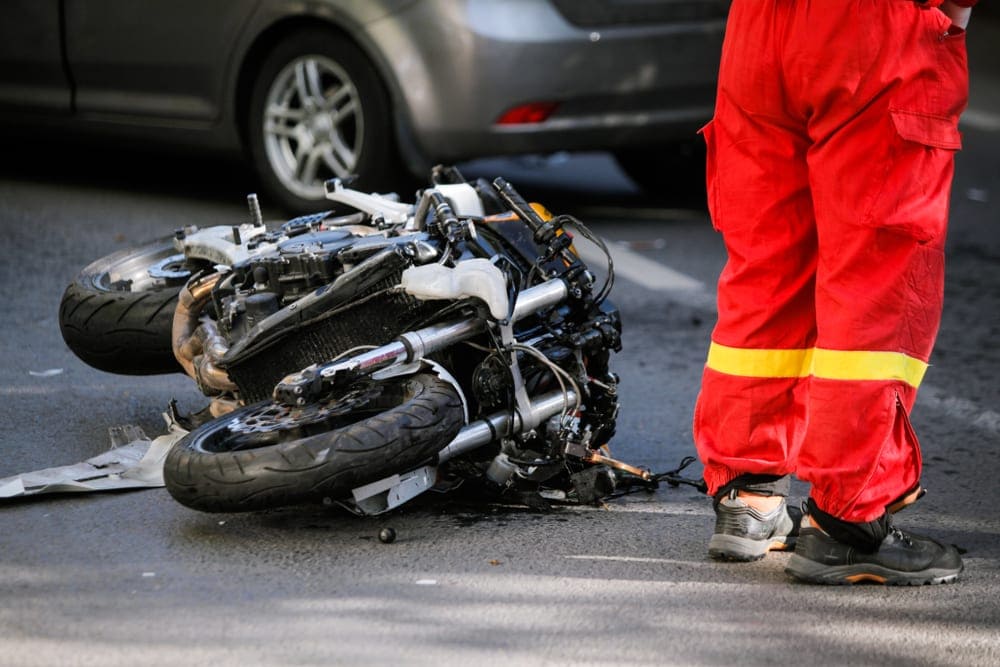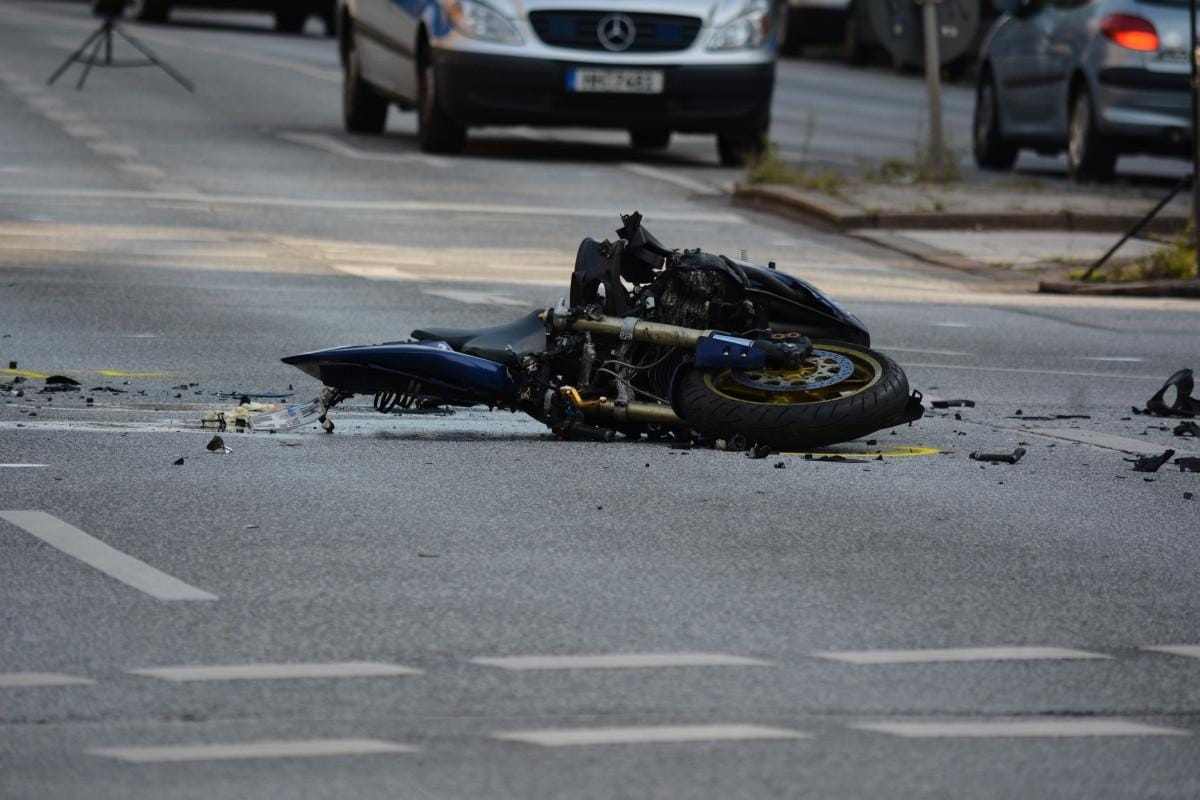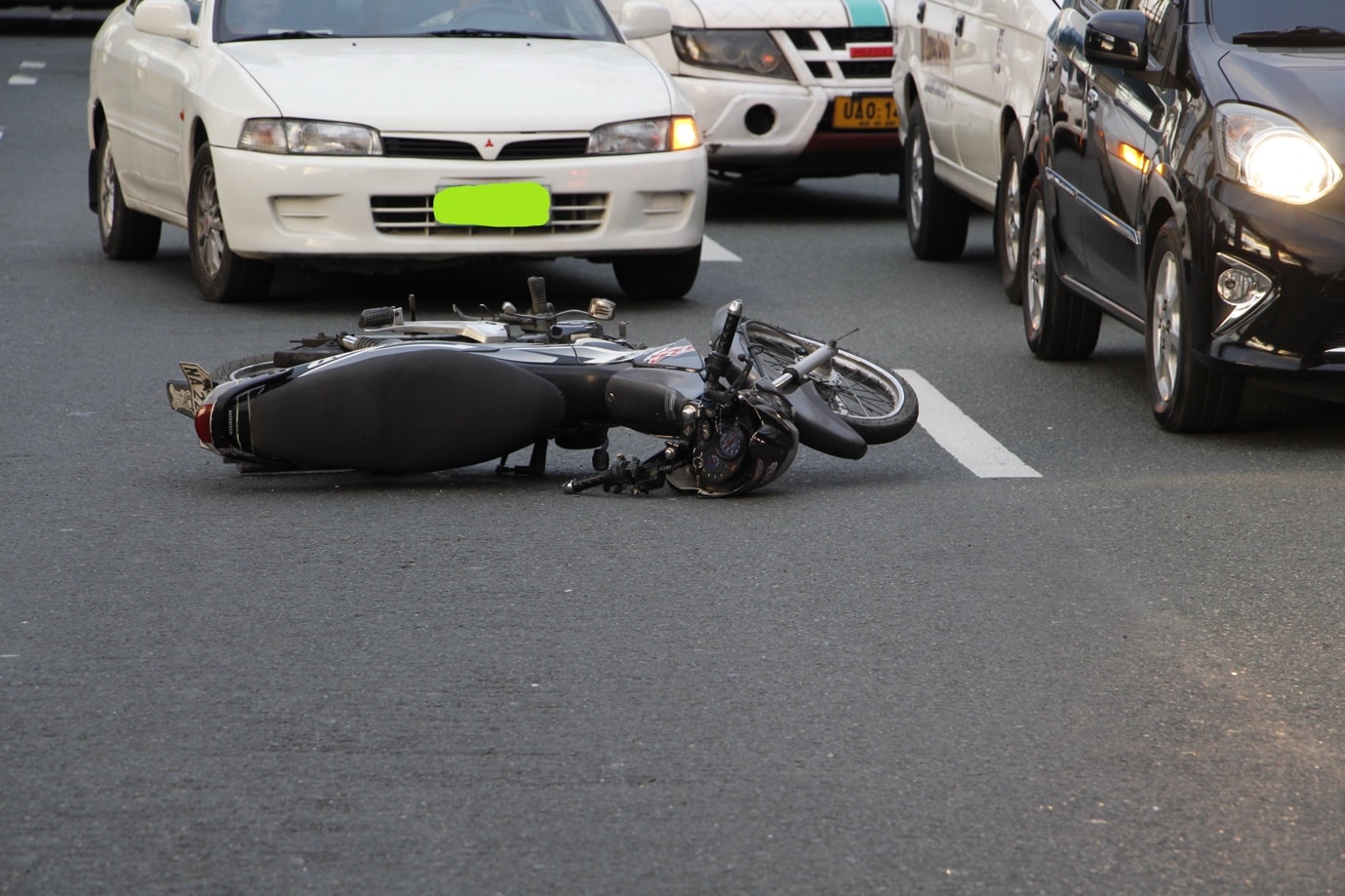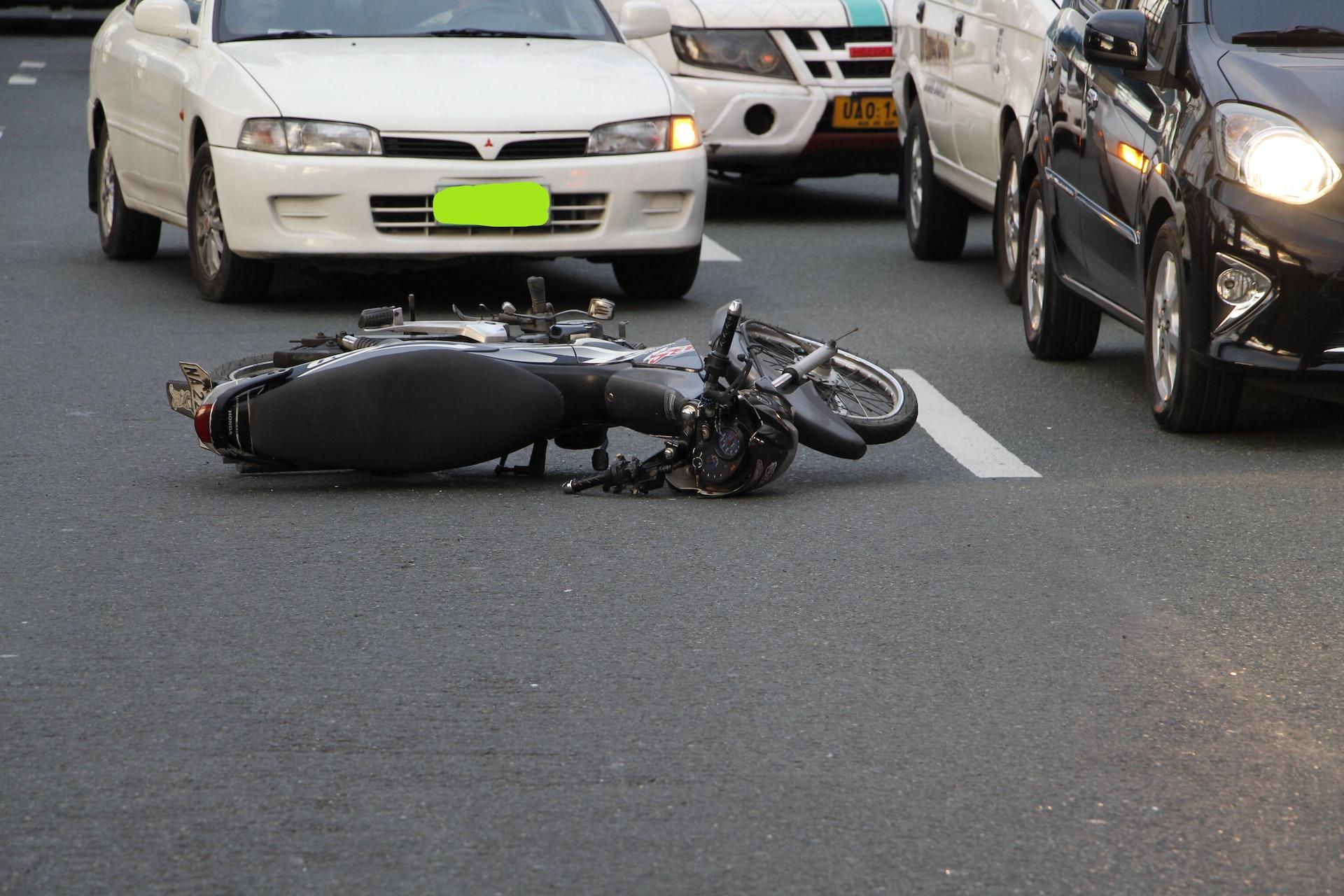
Have you or a loved one been in a motorcycle accident? Are you struggling to recover compensation? However, achieving this requires understanding the key elements needed to prove a motorcycle accident lawsuit. Before we move on to more technical details, let’s establish that you could land in serious trouble because of a negligent driver, just as in most personal injury cases.
Simplifying Motorcycle Accidents: How Serious Are They?
Most personal injury claims involving a motorcycle crash end up in court because the fall damage from a motorcycle accident leads to serious injuries. However, how the accident occurred can make a massive difference.
According to the National Safety Council, the number of motorcycle fatalities now stands at 6,218 and the rate is 26.16 per 100 million vehicle miles traveled.
Motorcycle accident claims can be complex, especially when handling medical bills, insurance adjusters, and legal procedures. Understanding the key elements of a motorcycle accident lawsuit is crucial for protecting your rights and ensuring fair compensation.

10 Vital Elements to Prove in a Motorcycle Accident Lawsuit
Motorcycle accidents often result in severe injuries due to the lack of protection compared to a passenger in a car. If you want to establish fault, you need to know the basics and the vital elements to prove in a motorcycle accident lawsuit.
So many different factors involved in a motorcycle accident make proving negligence even more critical. Let’s break down the ten vital elements you must establish to build a strong case.
1. Proving Negligence in a Motorcycle Accident Case
To win a personal injury lawsuit, you must prove negligence. This means showing that the at-fault driver (who can also be another motorcycle rider) acted recklessly, leading to the accident.
- Negligent behavior can include:
- Impaired driving
- Distracted driving
- Speeding
- Violating traffic laws.
For example, if a driver was texting and failed to notice a motorcyclist in their lane, their distraction could be the primary cause of the accident.
An experienced motorcycle accident lawyer can help establish the defendant’s breach of duty by gathering evidence such as phone records and witness statements.
Once they do this, getting insurance coverage with the help of accident reconstruction specialists becomes much simpler. They can also help prove the presence of common motorcycle accident road hazards.

2. The Accident Scene and Evidence Collection
The accident scene provides vital evidence. If physically able, take pictures of vehicle damage, skid marks, and any visible injuries. This documentation helps against the challenges in accident reconstruction and proves how the collision occurred.
Traffic camera footage and police reports can serve as crucial evidence. Witness statements add third-party perspectives, reinforcing claims about the accident scene. Moreover, in more drastic cases involving wrongful death, the situation might become completely different, depending on the crash scene.
3. Determining the At-Fault Party
Most motorcycle accidents involve another driver, often in a vehicle or a truck. If the other driver was speeding, failed to yield, or ran a red light, they could be held liable.
In some cases, multiple parties may share fault. For example, if a motorcyclist was hit by a truck driver who was trying to avoid another reckless driver, both drivers could be held accountable. An attorney will investigate all aspects to ensure all responsible parties are held liable.
They can help demonstrate liability and ensure fair compensation. If not, then they can also help seek legal help from court.

4. Medical Expenses and Physical Injuries
Motorcycle accidents often result in severe injuries, such as head trauma and spinal cord damage, leading to high medical expenses. Seeking medical attention immediately ensures proper documentation for legal claims.
Future medical costs, including rehabilitation and surgeries, should be included in the claim. Medical records and expert medical testimony are critical in proving the extent of injuries.
5. Lost Wages and Financial Damages
After a serious accident, injured motorcyclists often miss work, leading to financial hardship. Lost wages should be included in insurance claims to ensure fair compensation. If the injuries prevent returning to work or require a lower-paying job, lost earning potential should also be considered.
For example, if a construction worker suffers a spinal injury, they may need to switch to a less physically demanding job with lower pay. An experienced attorney will calculate future earnings to include in the lawsuit and determine fault as required.
6. Negligent Conduct and Traffic Violations
Speeding, running red lights, failure to signal, and reckless driving are key factors in proving negligence
For instance, if a truck driver was tailgating a motorcycle and caused a rear-end collision, their reckless behavior serves as evidence of negligence.
Passenger vehicle drivers often fail to see motorcycles in their blind spots, leading to accidents. A motorcycle accident lawyer will use traffic citations, accident reports, and witness statements to prove the other driver’s negligence.

7. Comparative Negligence Rule
Some states follow the comparative negligence rule, meaning the injured motorcyclist may bear some responsibility. If found partially at fault, compensation may be reduced accordingly.
For example, if you were speeding but the other driver failed to yield, a court may assign 20% fault to you and 80% fault to the other driver. An attorney can argue against unfair blame to maximize compensation.
Similarly, this rule can greatly help in case of a hit-and-run motorcycle accident and get you the best outcome.
8. Insurance Company and Insurance Adjusters
Insurance companies often try to minimize payouts by disputing injury severity or shifting blame. Adjusters investigate crashes by reviewing medical records and police reports to lower settlements.
Your insurance company may be involved, especially if the at-fault driver is uninsured. A personal injury lawyer negotiates with insurance adjusters to ensure fair settlements.

9. Witness Statements and Traffic Camera Footage
Witness statements and traffic camera footage provide critical evidence. Witnesses can confirm details about the accident scene and the other driver’s behavior.
For example, if a bystander saw the other driver running a red light before hitting the motorcycle, their testimony would be powerful evidence. Traffic cameras can capture reckless driving behaviors, such as illegal turns or speeding.
10. Legal Process and Seeking Compensation
Filing a personal injury claim involves gathering evidence, negotiating with insurance companies, and possibly filing a lawsuit. Most cases settle out of court, but if negotiations fail, the case may proceed to trial.
The legal process can be overwhelming, but an experienced motorcycle accident lawyer will guide you. However, you need to know the 15 questions to ask motorcycle accident lawyers before you can proceed.
Once you are happy with their answers, they can take care of the rest. They handle filings, present evidence, and fight for the maximum compensation. If injured due to someone else’s negligence, seeking legal help immediately is crucial.

Conclusion
Motorcycle accident lawsuits require solid proof of negligence, injuries, and financial losses. Establishing liability, gathering evidence, and negotiating with insurance companies are all crucial steps.
With the help of a motorcycle accident attorney, injured motorcyclists can recover compensation for medical expenses, lost wages, and pain and suffering.
Get Help for Your Motorcycle Accident Claims With BLG
If you or a loved one were involved in a motorcycle accident, take action today to protect your rights and secure fair compensation. The first step is to connect with our professionals at Bourassa Law Group to get all the help you need.
We can guide you with your motorcycle accident claims and ensure you get the right coverage for your damages. All you need to do is share your case with our representatives.
Contact Us Today for a Free Case Evaluation





